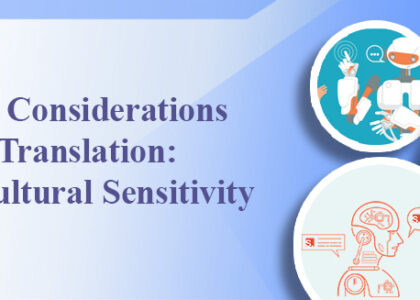The ethical considerations of AI in translation: preserving cultural sensitivity
In a world that thrives on technological innovation, the integration of Artificial Intelligence (AI) in

In a world that thrives on technological innovation, the integration of Artificial Intelligence (AI) in

In the dynamic landscape of technological advancements, the integration of Artificial Intelligence (AI) has brought

It has been a roller coaster journey for us, with ups and downs!Still we are

Get ready to celebrate our Mega Anniversary Sale! Enjoy up to 10% off on all